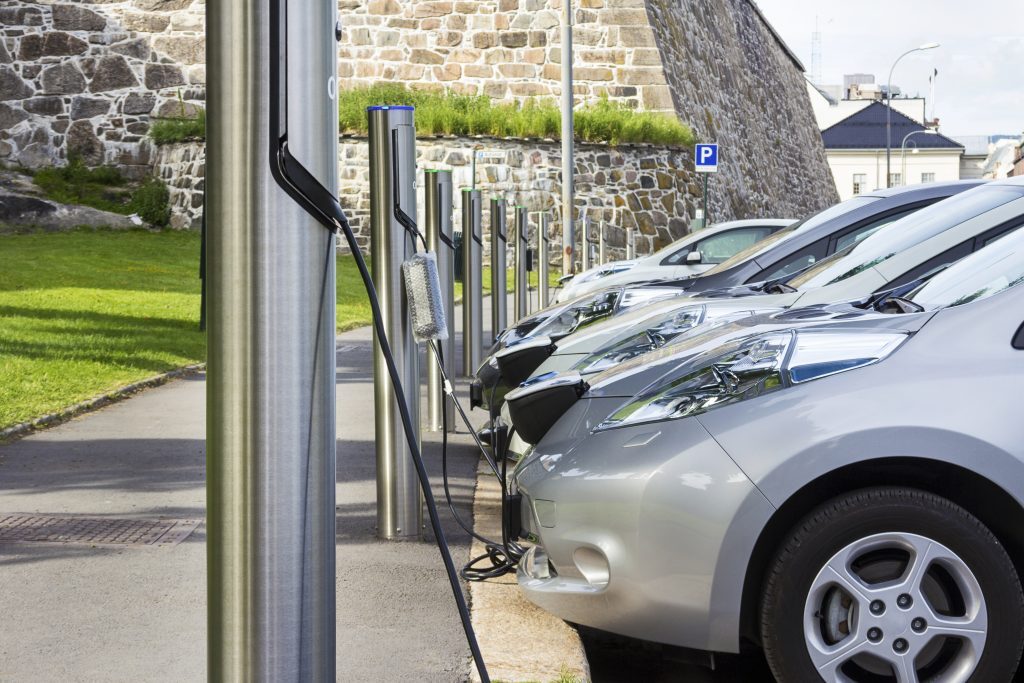Electric vehicle (EV) profits are facing roadblocks as challenges within the industry continue to mount. Despite the growing demand for electric vehicles, manufacturers are struggling to turn a profit due to various setbacks. One of the main obstacles hindering EV profitability is the high cost of production. Electric vehicles require expensive batteries and other components, which drive up manufacturing costs. Additionally, automakers are investing heavily in research and development to improve EV technology, further squeezing profit margins.
Another key factor impacting EV profitability is the lack of infrastructure. While demand for electric vehicles is increasing, many regions still lack the necessary charging stations and support systems. This infrastructure gap not only hinders the widespread adoption of electric vehicles but also adds to the overall costs of ownership. Without a strong network of charging stations, consumers may be hesitant to make the switch to electric vehicles.
In addition to production costs and infrastructure challenges, regulatory uncertainty is also posing a threat to EV profitability. Governments around the world are implementing new regulations aimed at reducing emissions and promoting the adoption of electric vehicles. While these policies are intended to drive sustainable transportation solutions, they also create additional compliance costs for automakers. The constantly changing regulatory landscape adds another layer of complexity to the already challenging environment for EV manufacturers.
Competition in the EV market is intensifying, further complicating the profitability equation for automakers. With more companies entering the electric vehicle space, the market is becoming increasingly crowded. This heightened competition puts pressure on manufacturers to innovate and differentiate their products, which can further erode profit margins. In the race to achieve economies of scale, automakers are facing tough choices about where to invest their resources and how to position themselves in the rapidly evolving EV market.
Despite these challenges, the outlook for electric vehicles remains positive. Consumer interest in electric vehicles continues to grow, driven by concerns about climate change and air pollution. As more people become aware of the environmental benefits of electric vehicles, demand is expected to increase. In response, automakers are ramping up their efforts to develop new electric models and improve existing technology. With advancements in battery technology and continued investment in infrastructure, the potential for electric vehicles to become a mainstream transportation option is within reach.
To address the profitability challenges facing the EV industry, automakers must prioritize efficiency and innovation. By streamlining production processes and leveraging economies of scale, manufacturers can reduce costs and improve margins. Investing in research and development to enhance battery technology and increase vehicle range will also be crucial to driving consumer adoption. Collaboration with governments and other stakeholders to build a comprehensive charging infrastructure will help overcome the barriers to widespread EV adoption.
As the electric vehicle market continues to evolve, automakers must remain agile and responsive to changing consumer preferences and regulatory requirements. By staying ahead of the curve and anticipating market trends, manufacturers can position themselves for long-term success in the growing electric vehicle sector. While challenges remain, the potential for electric vehicles to revolutionize the transportation industry and reduce carbon emissions is a powerful incentive for automakers to overcome obstacles and drive toward a more sustainable future.






